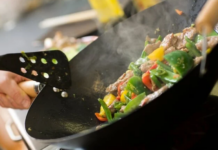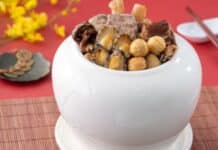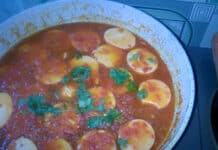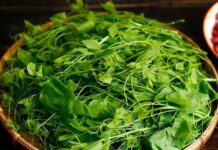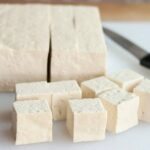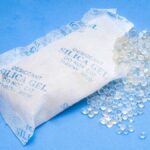Refrigerators can keep food fresh for longer, but to extend their “lifespan,” freezers are the best option. Not only does freezing food reduce waste, but it’s also essential for maintaining your budget, especially with rising food costs. Break the bulk-buying-and-binning habit and get comfortable with freezing more of your groceries. Here are the best ways to package food for the freezer – the best things to freeze and how to do it.
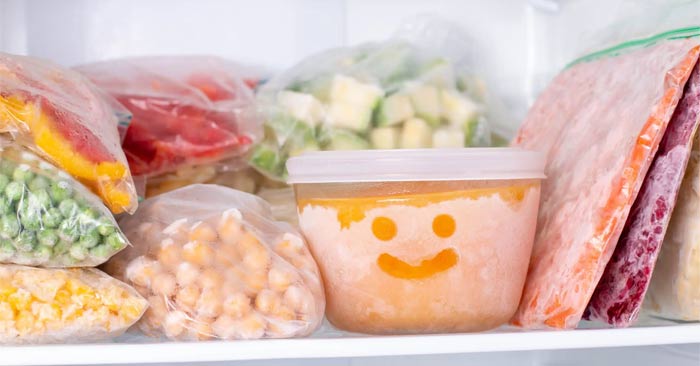
How to Freeze Common Foods
Organize Your Freezer for Better Storage and Freezing
Before delving into specific foods, it’s important to set standards for organizing your freezer. Keeping your freezer (and refrigerator) tidy will save you from headaches when searching for misplaced food. It will also provide more space for food and ensure you eat older items first. Freeze sauces, broths, and other liquids in freezer-safe zip-top bags, and don’t forget to label them. Once frozen, you can stack them like books on a shelf.
If you don’t like the idea of freezing in plastic bags, purchase a set of stackable freezer-safe containers. The goal is to fit as much as possible in your freezer while still being able to access all the food. Another benefit is that more frozen food in the freezer will help maintain a stable temperature, and your appliance won’t need to consume as much energy.
Finally, consider investing in a chest freezer. You can more easily freeze larger, irregularly shaped items, such as a leg of lamb or a whole turkey, in these freezers. Additionally, storing items at waist level instead of above makes the chest freezer a better option for heavier items.

Carbohydrates
Let’s start with the best items to freeze: carbohydrates. Bread, pastries, cream puffs, cookies, and English muffins—all are excellent choices for the freezer. This is because they freeze quickly, last a long time, and taste just as good as they did pre-freeze.
Keep any type of bread in the freezer. Once they’re frozen solid, transfer them into a container or freezer bag. To refresh bread, bake it in the oven at 350°F for five to ten minutes or use a toaster oven for pancakes and waffles. I’ve refreshed bread after five months in the freezer, and it tasted just as good as the day I froze it.
Meat and Other Proteins
Meat is easy to freeze, both raw and cooked. The only thing you really need to be careful of is freezer burn. It’s best to divide meat into portions when you bring it home. You can slice chicken into cutlets or create ground meat patties, then wrap them tightly in freezer-safe containers or bags.
To use frozen protein, place the desired portion in the refrigerator overnight. If using the meat in a soup or sauce, you can simply add it frozen to the hot liquid to thaw and cook faster.
Cheese
Frozen cheese is a lifesaver when you need to add a little something extra to a boring meal. Cheese that is shredded or has a lower moisture content freezes well. You can easily freeze a block of cheese, such as low-moisture mozzarella, cheddar, or Swiss, right in its plastic packaging. When ready to use, thaw it in the refrigerator overnight, and it will be ready the next day.
If you know you’ll be using it for specific purposes, such as pizza topping or lasagna layers, shred or chop it before freezing and store it in a freezer-safe container. Then, the container can essentially stay in the freezer. You can just reach in and grab exactly what you need, leaving the rest frozen for next time.

Fruits and Vegetables
Fruits, vegetables, and fruit-vegetables can all be frozen. When preparing fruit for freezing, cut it into bite-sized pieces first if needed. For example, berries don’t need to be processed, but pineapple does. Peel fruits and vegetables that are usually eaten peeled. They should be peeled, then cut into smaller pieces for use after thawing.
Spread the cut pieces on a tray, line them with parchment paper, and place them in the freezer for one to two hours until solid. Then, transfer the fruit to a freezer-safe container. When ready to use, drop them directly into the cooking pan—no need to thaw. In fact, thawing beforehand can make them mushy.
The Ultimate Guide to Making Delicious, Chewy Coconut Jam for Tet 2025: A Delectable Treat!
Coconut jam, especially young coconut jam, is an indispensable delicacy during the Tet holiday in Vietnam. This sweet treat is a traditional favorite and a must-have for any host wanting to impress their guests. With a simple recipe, you can easily create this delicious delicacy at home and bring a taste of tradition to your table.
The Heart of Saigon’s “Food Paradise”: A Gastronomic Journey on a Student’s Budget.
Uncover a treasure trove of delights at Ba Chieu Market, where a plethora of wholesale bargains await. This vibrant marketplace offers an enticing shopping experience with an array of goods at incredibly low prices. But that’s not all – it’s also a food lover’s paradise. The market boasts a diverse selection of delicious, nourishing, and affordable culinary treats, making it a must-visit destination for those seeking a unique blend of shopping and gastronomic delights.
The Ultimate Guide to Silica Gel: 8 Surprising Uses You Need to Know.
The desiccant pack is a game-changer when it comes to preserving your cosmetics and food items. With its superior moisture-absorbing capabilities, this pack ensures your products remain fresh and effective for longer. Say goodbye to spoiled goods and hello to a more efficient and cost-effective storage solution.







